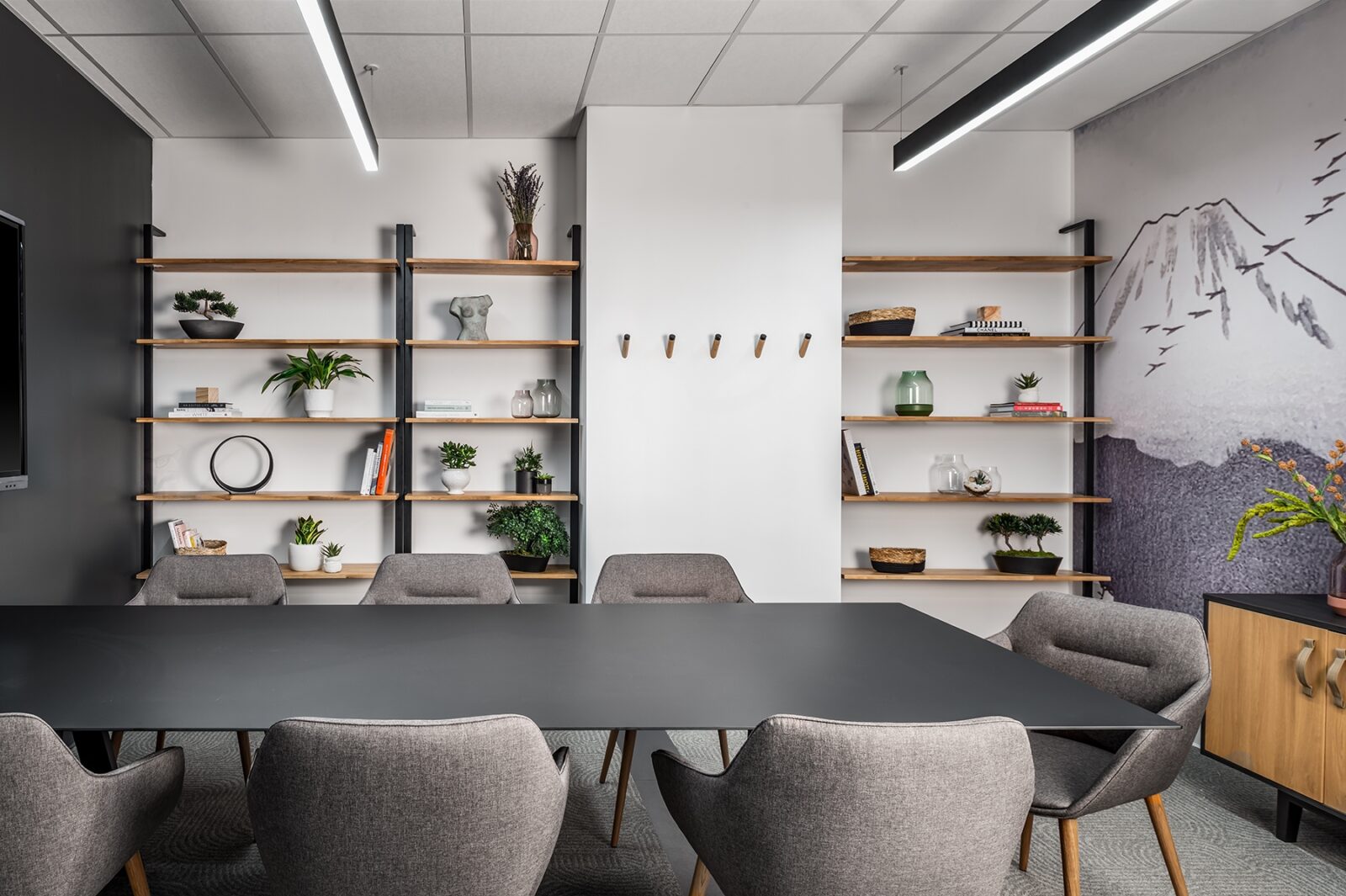The Office Will Be Essential To Collaborate Post-Pandemic

If you’ve been working remotely for the past couple of years, you might wonder how you used to spend 40 hours a week in an office. At this point, office life is a distant memory.
What do you miss about the workplace? For many, the office is more than a place to clock in and clock out. It’s where people go to connect with their co-workers and collaborate to overcome challenges. Others find that they were more productive when they worked in an office.
Thinking about going back to the office? The home office can never completely replace the physical one. We’re going to explore why shared workspaces are so important for collaborating effectively:
Is Remote Work Having a Negative Impact?
The bottom line is that offices cost money. It can be less expensive for businesses to run remotely. But what’s the cost of a workplace that’s entirely remote?
Think about what you were doing when you got your last breakthrough idea for your business. Were you sitting at home, alone in a room, staring at a Zoom meeting? Or were you in a shared space, exchanging ideas with your colleagues?
We come across inspiration when we least expect it. That being said, it usually comes when we can share our energy and passion for our work with others. Remote work holds us back from reaching these breakthroughs. It may be holding back your next big idea.
So, what are the benefits of an office space? There’s more to working in an office than team meetings. It’s also about the little things—sharing lunch with a colleague, having a chat when you need a break, or sharing exciting news with peers in your field.
Connecting
Feeling connected to your colleagues is one thing. But what about the company you work for? A team is built on shared experiences, mutual respect, and open communication. These interactions are easier to facilitate in collaborative areas, like a board room or shared office space.
All of these experiences contribute to company culture. The social interactions at work are a bonus of being in a workplace. We all look forward to the light banter in meeting rooms or the casual chats at lunch; it’s how we stay connected to our place of work.
Communicating
Technology has come a long way in helping us collaborate when we work remotely. But it still falls short of what you can accomplish in person.
There’s something missing from Zoom calls and Slack huddles. It’s hard to put your finger on it, but you can chalk it up to human connection. Eye contact. The immediacy of a conversation that takes place in a shared space. As humans, we need these social interactions, and without them, our day feels off.
When we meet in person, we pick up on all sorts of social cues that technology can’t convey. Body language is one of the most important social signals; we use it to pick up on unspoken words. Body language plays a major role in every conversation. Without it, it’s harder to convey what we mean (and understand what others are saying to us).
Choosing a New Office Space
As people return to the office, there may be questions about how remote work will fit into the new workspace. Will things go back to the way they were pre-pandemic?
You might allow your employees to balance remote working with in-office collaboration. When you give workers the freedom to choose their work style, it can increase employee retention rates. Retain your top talent by taking a flexible approach to work.
As a business owner, how can you balance remote working with cost-effective space utilization? At Workplace One, we have the solution for you: a co-working space.
The Office Will Be Essential If You Want To Collaborate Post-Pandemic
The future of work may be uncertain, but one thing’s for sure: Companies still need office spaces to collaborate effectively. In the coming months, we anticipate that more businesses will be returning to the office.
At Workplace One, we’re helping the remote workforce transition back to the office. We take care of all the little things so that you can focus on your business (not restocking the coffee station). Pay for what you need when you need it. If you’re interested in further details about our workplaces, get in touch with us!